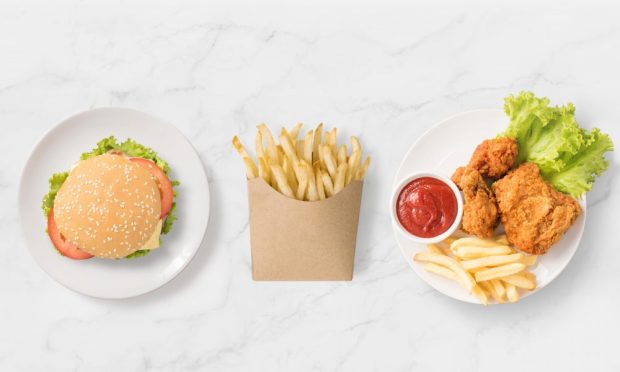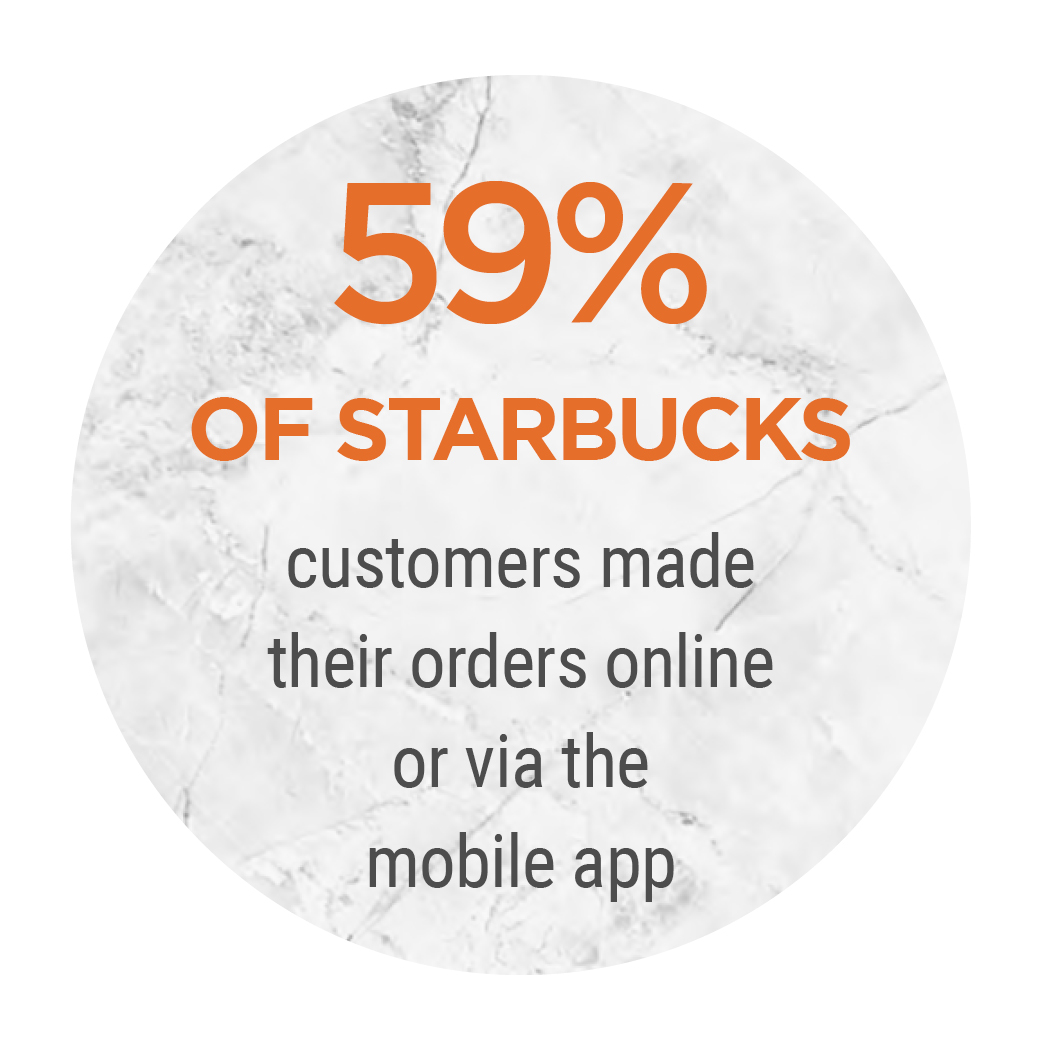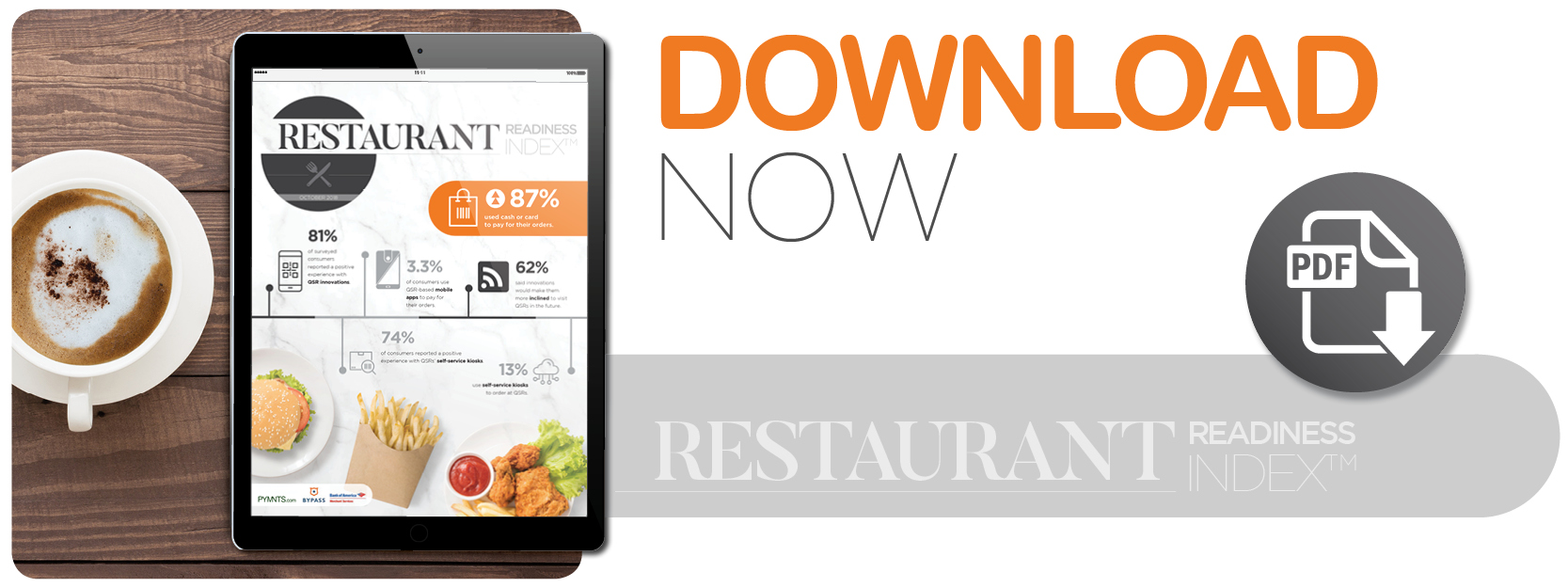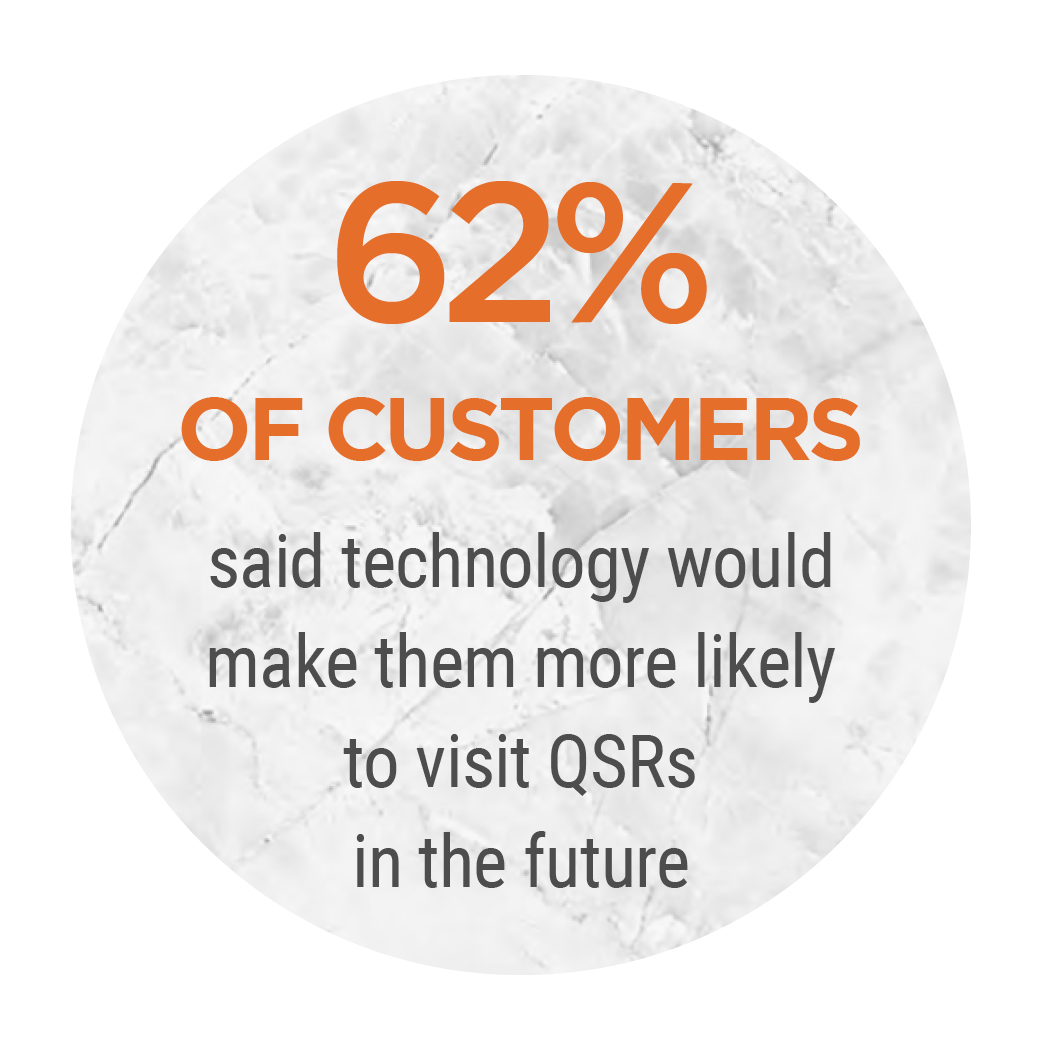NEW DATA: The 10 Key Innovations Driving QSR

Consumers expect to be met with technology wherever they go, and quick-service restaurants (QSRs) are no exception. When it comes to ordering meals, they want to be able to do so with as little fuss as possible. That means being able to use features, like online and mobile app ordering and self-service kiosks, that make ordering faster and more convenient.
 In fact, 62 percent of customers said innovations would make them more inclined to visit QSRs in the future, according to the latest PYMNTS Restaurant Readiness Index. That said, different customers have different expectations. PYMNTS surveyed 5,000 consumers on their ordering experiences at major QSR chains across the U.S., and analyzed which QSR features are key to the customer experience.
In fact, 62 percent of customers said innovations would make them more inclined to visit QSRs in the future, according to the latest PYMNTS Restaurant Readiness Index. That said, different customers have different expectations. PYMNTS surveyed 5,000 consumers on their ordering experiences at major QSR chains across the U.S., and analyzed which QSR features are key to the customer experience.
Research found that consumers’ use of in-store and online ordering features tends to vary widely by their age and income. Customers earning higher incomes are less likely to be swayed to visit a QSR based on a loyalty program, for instance.
As one might expect, younger and better-connected customers are more receptive to online or mobile ordering. However, most customers, regardless of age, seem to order their meals through a third-party app like Grubhub rather than the QSR’s own (the flourishing exception being Starbucks).
- Eighty-seven percent of customers used cash or card to pay for their orders
- Seventy-four percent of customers reported having a positive experience with self-service kiosks at a QSR
- Thirteen percent of customers use self-service kiosks to place orders at QSRs
About The Report
The PYMNTS Restaurant Readiness Index, a Bypass and Bank of America Merchant Services collaboration, is designed to analyze how QSRs are doing when it comes to innovation. Namely, are they being innovative and are technological features enhancing customer experiences? To complete the Index, PYMNTS studied 178 QSRs, including six large restaurant chains in 10 different segments and two groups of restaurants. The bulk of the sample included 172 restaurants that range from eight to 2,630 locations.


